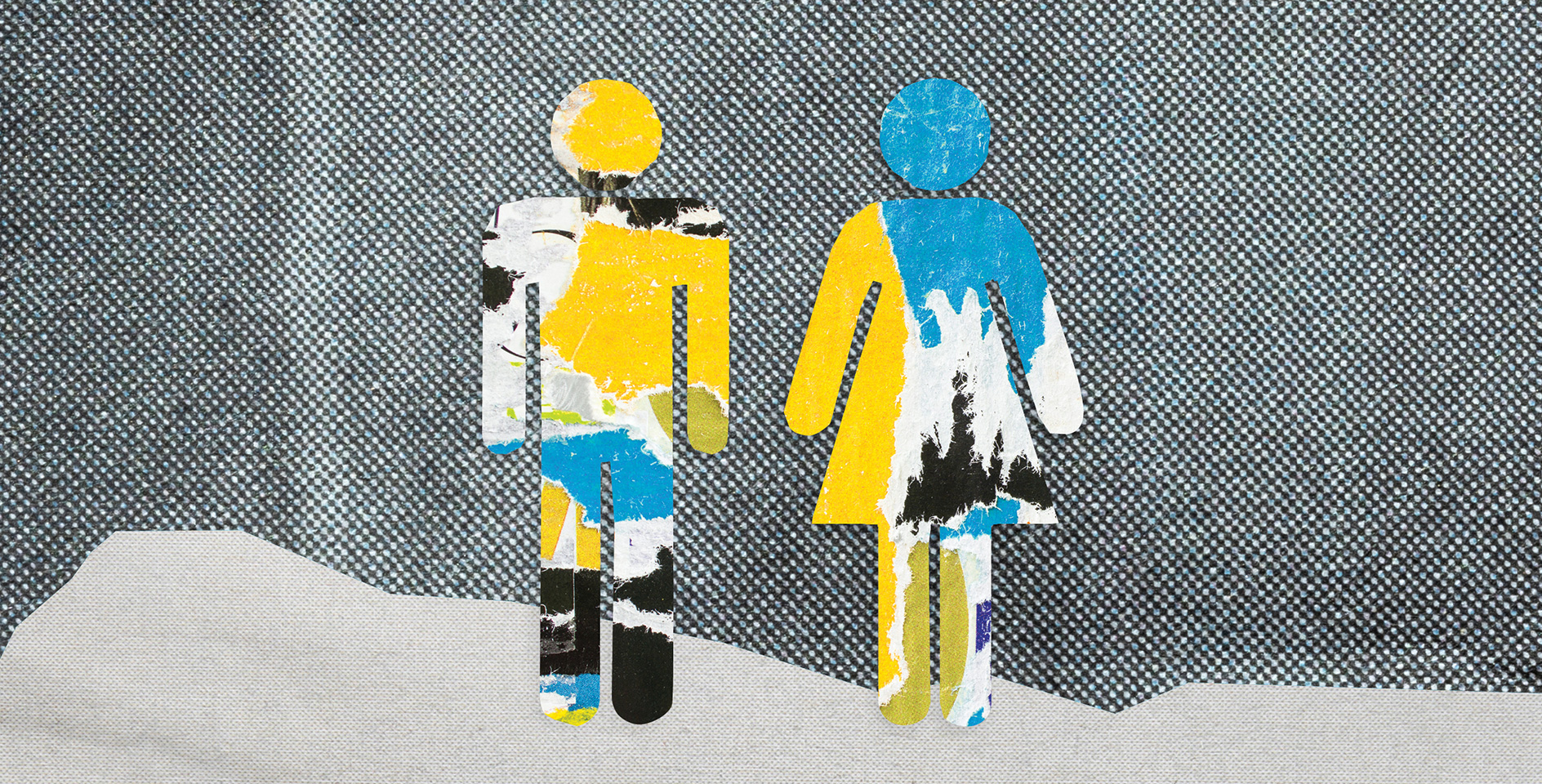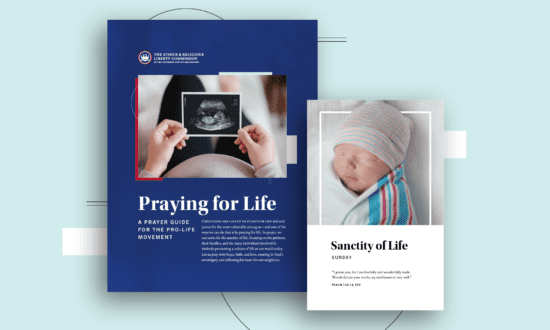In 2019, the ERLC launched the first-ever faith-based statement of principles on artificial intelligence addressing how AI is shaping our world. It sought to highlight how the Church might navigate some of the most pressing ethical areas in which AI technology was being developed and deployed.1https://erlc.com/resource-library/statements/artificial-intelligence-an-evangelical-statement- of-principles/ One of the most controversial and widely discussed parts of the statement was the article on sexuality, technology, and AI, focusing on how emerging technologies are being used in ways that fundamentally alter how we view our bodies and the nature of sexuality.
Many non-Christian (and some Christian) readers did not think the issues of sexuality and technology fit together. A common refrain was: “Who would want to have sex with a robot?!” The critics assumed this was another ill-fated attempt by evangelicals to insert “socially backward” views of sexuality into the public conversation. Many echoed the sentiment of moral philosopher Peter Singer who claimed religious people often think of ethics in terms of sexuality where “puritanical prohibitions” reign.2Singer, Peter. Practical Ethics. 3rd ed. New York: Cambridge University Press, 2011, 1.
If the use of sex robots were the only real concern at the intersection of sexuality and technology, I would agree with critics regarding the article’s strangeness. But the two are much more intertwined than many realize. Technological advancements are profoundly shaping how we view God, ourselves, and the world around us. These tools routinely empower us to alter foundational aspects of our bodies, permitting us to “bend” (at least in our minds) physical reality and giving the illusion that we have God-like abilities to create at will.
Bending Realities Toward Our Desires
In two of his landmark works, Sources of the Self and A Secular Age, Canadian philosopher Charles Taylor notes that there are two distinct ways of viewing reality. Before the modern era, people saw the world through the lens of fixed realities and with some level of moral objectivity. Our original understanding of truth and reality was mimetic, akin to the artist who seeks to paint something exactly as he or she sees it. This way of thinking seeks to mimic, imitate, and represent something we observe in reality that is not open to alteration or manipulation. As historian Carl Trueman notes, our goal as humanity is to “discover that meaning and conform [ourselves] to it.3”Trueman, Carl R. The Rise and Triumph of the Modern Self: Cultural Amnesia, Expressive Individualism, and the Road to Sexual Revolution. Wheaton, IL: Crossway, 2020, 39.
The acceptance of fixed moral realities has been the predominant view throughout most of human history for good reason. By and large, humanity did not think it possible to change or alter basic aspects of reality. For example, childbirth as the natural outcome of sex and biology determining gender were both self-evident. To use the terminology of our day concerning sexuality, one’s gender identity historically corresponded to one’s biology, flowing from those set realities. Simply put, a male was a biological man, and a female was a biological woman. There was no real question about these basic biological truths, nor was any disconnect between the mind and body seen as grounds for altering or mutilating the body. This recognition of reality was central in a pre-modern, pre-Enlightenment context.
However, as notions of progress took root, we began seeing the world in a more poietic sense, viewing truth as something humans can create, produce, form, and manipulate toward our own ends. Without inherent order from a creator God, our bodies became something to be altered to fit our internal perception of ourselves. As Abigail Favale notes, “The body is an object with no intrinsic meaning; we give it whatever meaning we want, using technology to undo what is perceived to be ‘natural’. We do not receive meaning from God or our bodies or the world—we impose it.”4Favale, Abigail Rine. The Genesis of Gender: A Christian Theory. San Francisco: Ignatius Press, 2022. 30-31. This pursuit of total autonomy is centered on severing truth from its root in God’s design.
This fundamental shift in worldview was aided by technological innovations that offered the chance to envision new ways of being human, especially as it relates to our bodies and the natural responsibilities that flow from the sexual union of a man and woman in marriage. Modern medical procedures (puberty-blocking and cross-sex hormone medical protocols) and surgeries (“gender-affirming” or body-modification elective surgeries) are all forms of technology that help perpetuate a god-like view of humanity that believes we have the authority and ability to alter God’s good design for our bodies and sexuality.
Christian Ethics in a Poietic World
Sinful humanity has long sought to chart our own paths contrary to the created order, and the use of powerful technologies has aided us in believing that lie that we can. Yet, these innovations do not actually alter the realities of God’s creation, nor will they bring about the happiness and peace for which we ultimately long. The sinful rejection of God’s good design for sexuality does not invalidate God’s claim of authority over us, even if we seek to suppress those fundamental truths in our unrighteousness (Rom. 1-2).
God’s ways are true and beautiful because this is God’s world and we are his creatures. We are made according to his image, distinctly male and female, and called to live according to his purpose (Gen. 1:26-28)—one that is higher than the temporal, sexual gratification our society often seeks. As Christians face complex technological challenges, we must stand upon the truth of God’s created order, point others to its inherent goodness, and proclaim the fact that we cannot truly alter the realities of God’s design, even if our modern capabilities tempt us to believe the lies of a self-created world.










